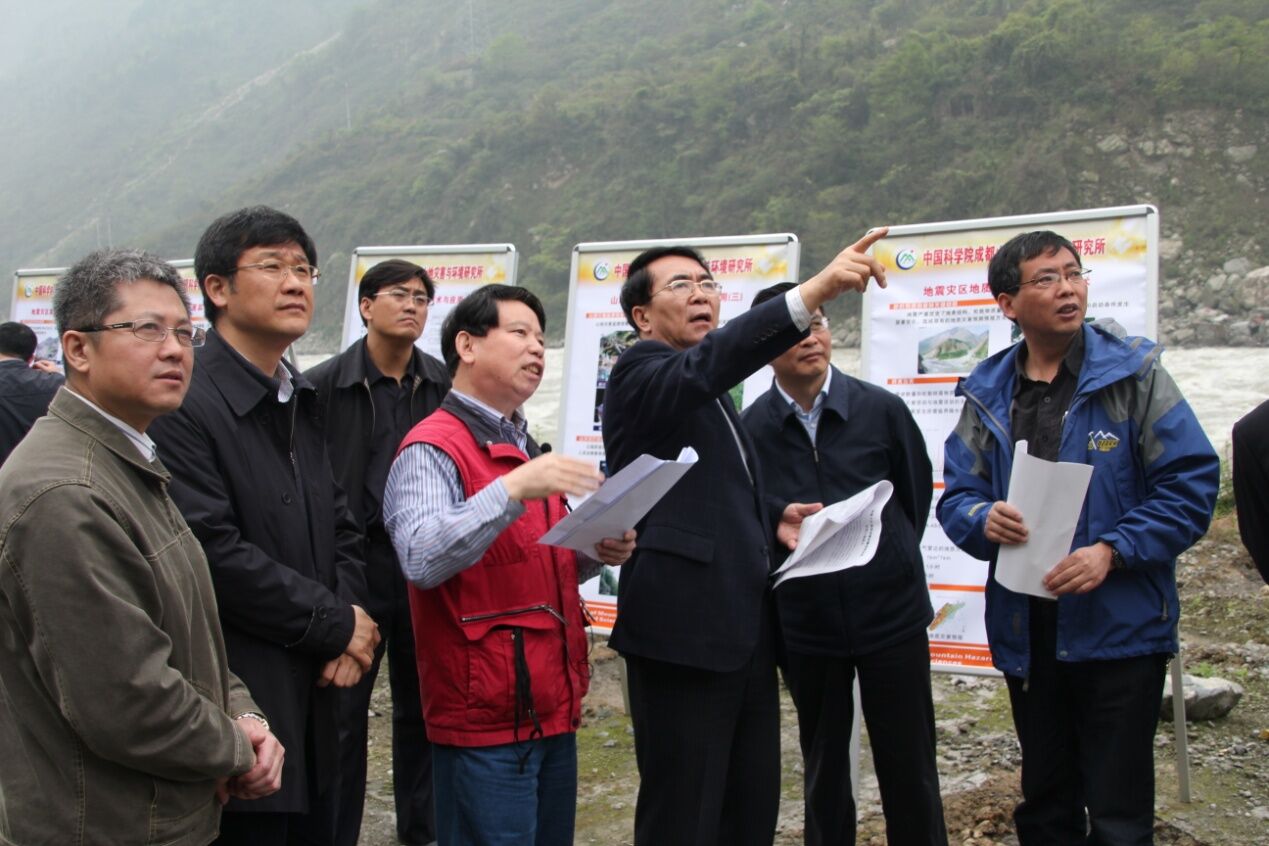| Multimedia |

|
| Location: Home > Research > Research Progress |
| IMHE Reveals the Different Responses of Cunninghamia Lanceolata Seedlings to Nitrogen and Phosphorus additions ThoughPhysiological and Proteomic Analysis | TEXT SIZE: A A A |
|
Chinese fir (Cunninghamia lanceolata) is an economically important and widely planted coniferous species in southeast China, which comprises about one-third of the country’s total plantation area. Recently, the plantation area of Chinese fir has been enlarged due to an increased demand for timber. However, the yield and productivity of pure Chinese fir plantations are extremely low because of low leaf photosynthetic efficiency, poor soil fertility, and nonscientific management practices. Among of these, the low availability of nitrogen (N) and phosphorus (P) in soils is the most important limitation. N is often limited in young soils of the temperate zone, while P causes a primary limitation in acid, calcareous/alkaline and highly weathered soils. Therefore, fertilization is an important measure to increase plant photosynthesis and further to improve tree growth and forest productivity. Both nitrogen (N) and phosphorus (P) additions in soils can increase tree photosynthetic rate (Pn), biomass accumulation and further increase primary production of plantation. However, the improved photosynthetic ability is varied from the added nutrient types and the mechanisms are sophisticated. Basedon these research background, Dr Zhang Yunxiang of Institute of Mountain Hazards and Environment, Chinese Academy of Sciences (IMHE) compared the response of Chinese fir to the N and P additions under the guidance of her supervisor.In this study, an iTRAQ-based quantitative proteome combined with physiological analysis of Chinese fir leaves was performed to determine the common and different responses on photosynthetic process to the N and P additions. The results showed that, either N or P added in soils significantly increased Pn, but N addition had more positive effects than P addition in improving photosynthetic ability. Physiologically, N addition caused more in improving photosynthetic rate than P addition, which attributes to higher leaf N and chlorophyll contents, enlarged chloroplast size and more number of thylakoids. Proteomic data revealed that the increased Pn to N and P additions may attribute to the increased abundance of proteins involved in carbon fixation and RuBP regeneration during the light-independent reactions. However, N addition increased the abundance of photosystem II related proteins and P addition increased the abundance of photosystem I related proteins. Additionally, proteomic data also gave some clues on the different metabolic processes caused by N and P additions on glycolysis and TCA cycle, which were potentially related to higher growth and developmental rates of C. lanceolata. Therefore, this study provides new insights into the different photosynthesis and metabolic processes of Chinese fir in response to N and P additions. Fertilization is an important management measure to improve timber yield and primary production of Cunninghamia lanceolata, which is the largest planted coniferous species in southeast China. Nitrogen (N) and phosphorus (P) additions into soils can improve tree photosynthesis, and further increase plantation production. However, the mechanism of N and P additions in improving photosynthesis is still unclearly. In this study, a physiological measurement combined with proteomic analysis was performed on a controlled experiment in the greenhouse. These results improve understanding of the essentially photosynthetic activity and metabolic process of C. lanceolata responding to N and P fertilization. This research was supported bythe National Key Basic Research Program of China (No. 2012CB416901), the Excellent Young Scientist Program of the National Natural Science Foundation of China (NO.31322014), Young Talent Team Program of the Institute of Mountain Hazards and Environment (SDSQB-2012-02). The research achievements have been published in Journal of Proteomics 146 (2016) 109-121. Full text URL: http://www.sciencedirect.com/science/article/pii/S1874391916302822
|